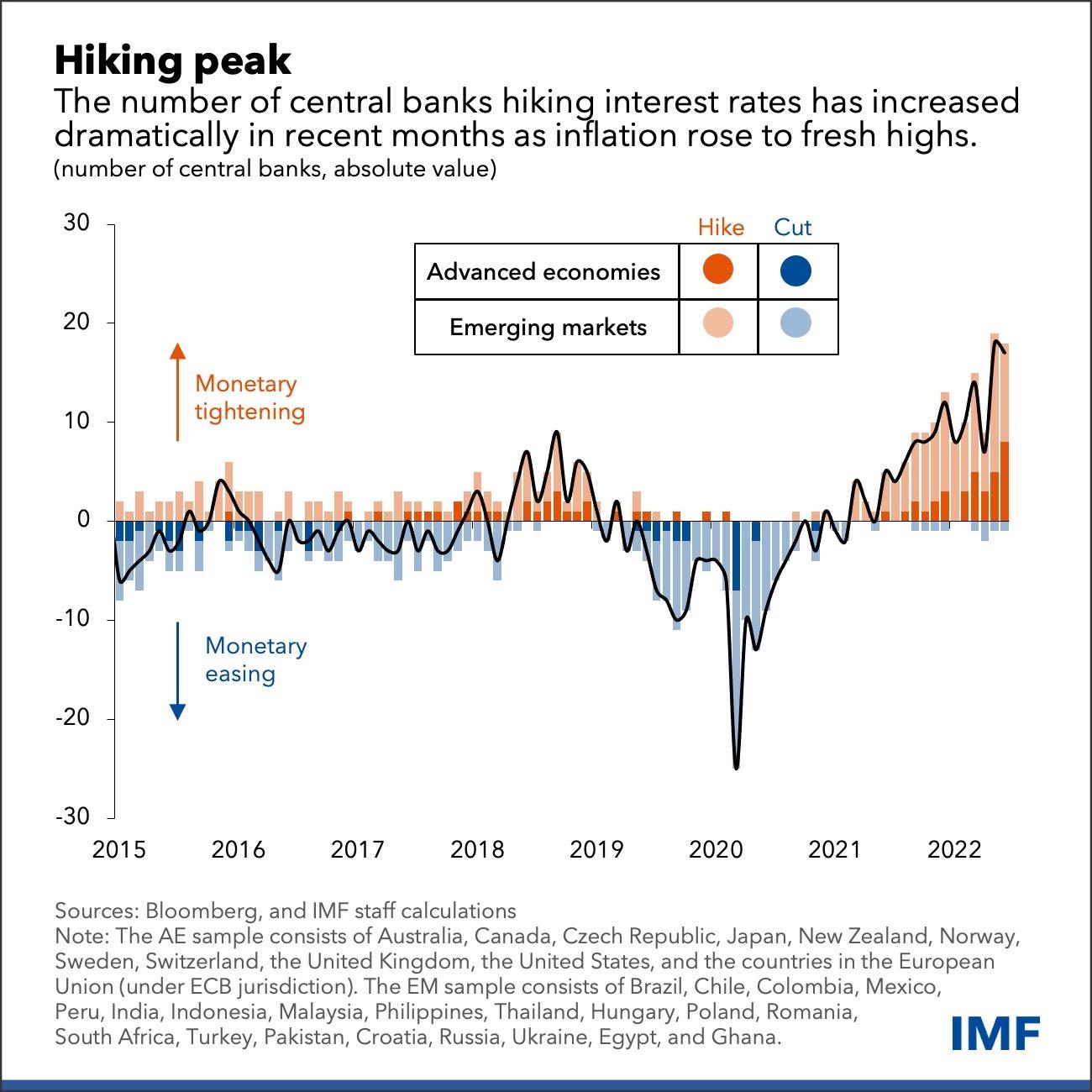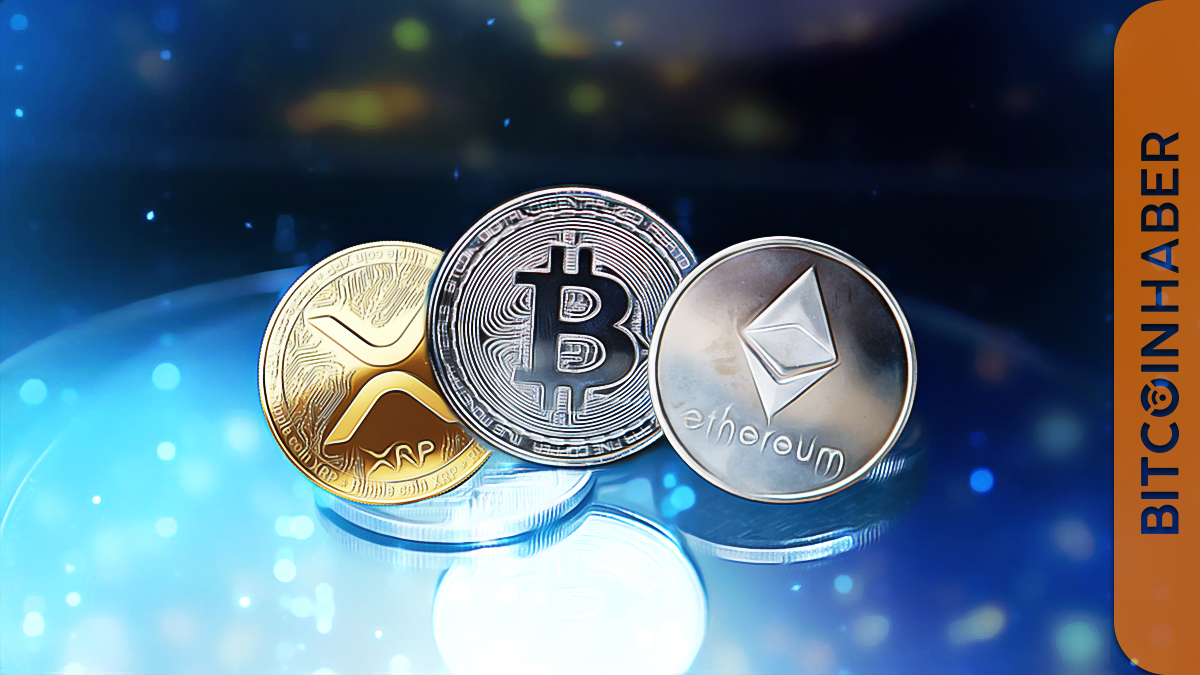China's Rate Cuts And Easier Bank Lending: A Response To Tariffs

Table of Contents
The Impact of US Tariffs on the Chinese Economy
The US-China trade war, marked by escalating tariffs, has dealt a considerable blow to the Chinese economy. The impact is multifaceted, rippling through various sectors and impacting key economic indicators.
- Decline in exports: Increased tariff barriers imposed by the US have significantly reduced Chinese exports, impacting industries ranging from manufacturing to agriculture. This decline in export revenue directly impacts GDP growth and employment.
- Reduced foreign direct investment (FDI): The uncertainty created by the trade war has caused many businesses to reassess their supply chain risks, leading to a reduction in foreign direct investment in China. This hinders long-term economic growth and technological advancement.
- Weakening consumer and business confidence: The ongoing trade tensions have dampened consumer and business confidence, leading to decreased spending and investment. This negative sentiment further exacerbates the economic slowdown.
- Slowdown in GDP growth rate: The combined effects of reduced exports, FDI, and weakened confidence have resulted in a noticeable slowdown in China's GDP growth rate, falling short of the government's targets.
- Increased pressure on the Yuan: The trade war and economic slowdown have put increased pressure on the value of the Yuan, impacting China's trade balance and potentially fueling inflation.
The ripple effect of reduced export demand is particularly pronounced in industries heavily reliant on foreign markets. Factories have faced reduced orders, leading to job losses and underutilized production capacity. This highlights the interconnectedness of the global economy and the far-reaching consequences of trade disputes.
China's Response: Rate Cuts and Easier Bank Lending
In response to the economic slowdown triggered by the tariffs, the Chinese government, through the People's Bank of China (PBoC), has implemented a range of monetary policy easing measures. These include:
- Multiple interest rate cuts: The PBoC has undertaken multiple interest rate cuts, lowering borrowing costs for businesses and consumers. This aims to stimulate investment and consumption, boosting aggregate demand.
- Reduction in the reserve requirement ratio (RRR): Lowering the RRR injects liquidity into the banking system, allowing banks to lend more freely. This increases the availability of credit for businesses and individuals.
- Introduction of targeted lending facilities: The government has introduced targeted lending facilities to support specific sectors, particularly those most affected by the trade war, such as small and medium-sized enterprises (SMEs).
- Government initiatives to encourage bank lending to SMEs: Recognizing the crucial role SMEs play in the Chinese economy, the government has implemented various initiatives to encourage banks to provide them with easier access to credit.
These measures are designed to increase the money supply, lower borrowing costs, and ultimately stimulate economic activity. The hope is that lower interest rates will encourage businesses to invest more, and consumers to spend more, thereby counteracting the negative impacts of the trade war.
Effectiveness of the Policy Response
The effectiveness of China's policy response is a complex issue with both positive and negative aspects.
- Impact on investment and consumption: While the rate cuts have likely stimulated some investment and consumption, the overall impact has been less dramatic than initially hoped. The lingering uncertainty surrounding the trade war continues to dampen confidence.
- Effectiveness of RRR cuts in stimulating bank lending: The reduction in the RRR has indeed increased bank lending capacity, but the actual increase in lending has been less than anticipated, partly due to concerns about rising debt levels and non-performing loans.
- Potential risks: The policy response carries potential risks, including increased inflation and unsustainable debt levels. The increased money supply could lead to inflationary pressures if not managed carefully. Furthermore, excessive debt accumulation could pose long-term risks to financial stability.
- Addressing underlying issues: While the rate cuts and easier bank lending provide a short-term stimulus, they do not directly address the underlying issues caused by the tariffs. The fundamental structural problems impacting the Chinese economy require more comprehensive solutions.
Alternative policy options China might consider include further structural reforms to enhance efficiency and competitiveness, investing more heavily in domestic consumption, and diversifying export markets to reduce reliance on the US.
The Role of the Yuan
The value of the Yuan has been significantly impacted by the trade war. While some analysts suggest that currency devaluation is a deliberate policy choice to offset the effects of tariffs, the PBoC maintains that its primary goal is to maintain stability in the exchange rate.
- Impact of the trade war on the Yuan: The trade war and economic slowdown have created downward pressure on the Yuan, making Chinese exports more competitive but also potentially fueling inflation.
- Currency manipulation: Concerns have been raised about potential currency manipulation to gain a trade advantage, but the PBoC insists that its exchange rate policy is aimed at maintaining stability and preventing excessive volatility.
- Implications of a weaker Yuan: A weaker Yuan can boost exports in the short term but could also lead to increased import costs and potentially trigger inflationary pressures.
The fluctuations in the Yuan's exchange rate significantly influence the effectiveness of the rate cuts and other policy measures. A weaker Yuan can mitigate the negative impact of reduced exports but can also introduce other economic challenges.
Conclusion
The US tariffs have undeniably impacted the Chinese economy, causing a slowdown in growth and increased pressure on various sectors. China's response, involving rate cuts and easier bank lending, aims to stimulate economic activity and mitigate the negative consequences of the trade war. While these measures have provided some short-term relief, their long-term effectiveness remains uncertain. The potential risks of increased inflation and unsustainable debt levels require careful management. Ultimately, addressing the underlying structural issues and diversifying the economy are crucial for achieving sustainable, long-term growth. Understanding China's response to the trade war through its rate cuts and bank lending policies is crucial for investors and businesses alike. Stay informed about further developments in China's monetary policy and its ongoing efforts to navigate the challenges of the trade war. Continue following the news on China rate cuts and bank lending to make informed decisions.

Featured Posts
-
 Jayson Tatum Confirms Child With Ella Mai Via Commercial
May 08, 2025
Jayson Tatum Confirms Child With Ella Mai Via Commercial
May 08, 2025 -
 Lotto Plus Results Wednesday April 2nd 2025
May 08, 2025
Lotto Plus Results Wednesday April 2nd 2025
May 08, 2025 -
 Spk Aciklamasi Kripto Piyasalarinda Yeni Bir Doenem
May 08, 2025
Spk Aciklamasi Kripto Piyasalarinda Yeni Bir Doenem
May 08, 2025 -
 Dembele Injury Update Major Setback For Arsenal And Arteta
May 08, 2025
Dembele Injury Update Major Setback For Arsenal And Arteta
May 08, 2025 -
 Bitcoin Son Dakika Fiyat Hareketleri Ve Etkileyici Haberler
May 08, 2025
Bitcoin Son Dakika Fiyat Hareketleri Ve Etkileyici Haberler
May 08, 2025
